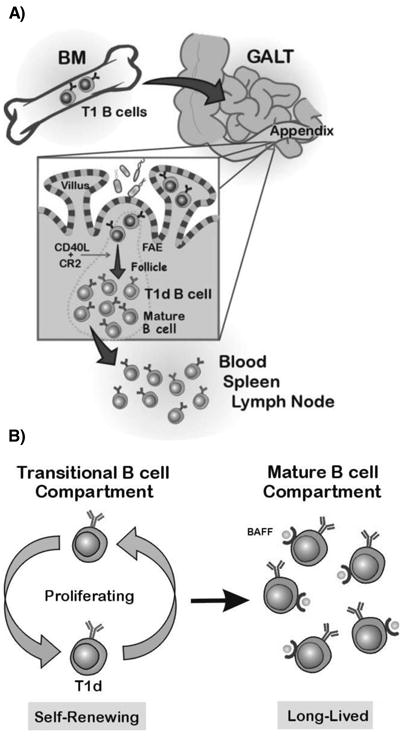Figure 6. Model of T1d B cell development and maintenance.

A) Development of T1d B cells. T1 B cells leave the BM and enter GALT (appendix) through the HEVs and traffic to the domes and villi, where they are stimulated by BAFF and commensal bacteria or bacterial-derived products. The activated T1 B cells proliferate and somatically diversify the Ig genes to become T1d B cells. The follicular B cells, derived from BAFF stimulated BM-T1 or GALT T1 B cells undergo a proliferative expansion to form organized follicles in a CR2-CR2L and CD40-CD40L dependent manner. After undergoing the GALT GC-like reaction, mature and T1d B cells enter the circulation where T1d B cells further differentiate into mature B cells. Some of the GALT-derived T1d B cells traffic to the spleen and differentiate into T2 and mature B cell subsets. Alternatively, some T1 B cells from the BM may directly traffic to the spleen and develop into mature B cells (not shown). B) Maintenance of peripheral B cells. In adult rabbits, in the absence of ongoing lymphopoiesis, the B cell compartment is maintained by the proliferating T1d B cells, which self-renew and continually differentiate into mature B cells. Additionally, the BAFF receptor(s) on mature B cells in the periphery are bound by endogenous BAFF and this chronic engagement of BAFF receptors may provide a tonic/survival signal for the B cells to remain long-lived.
